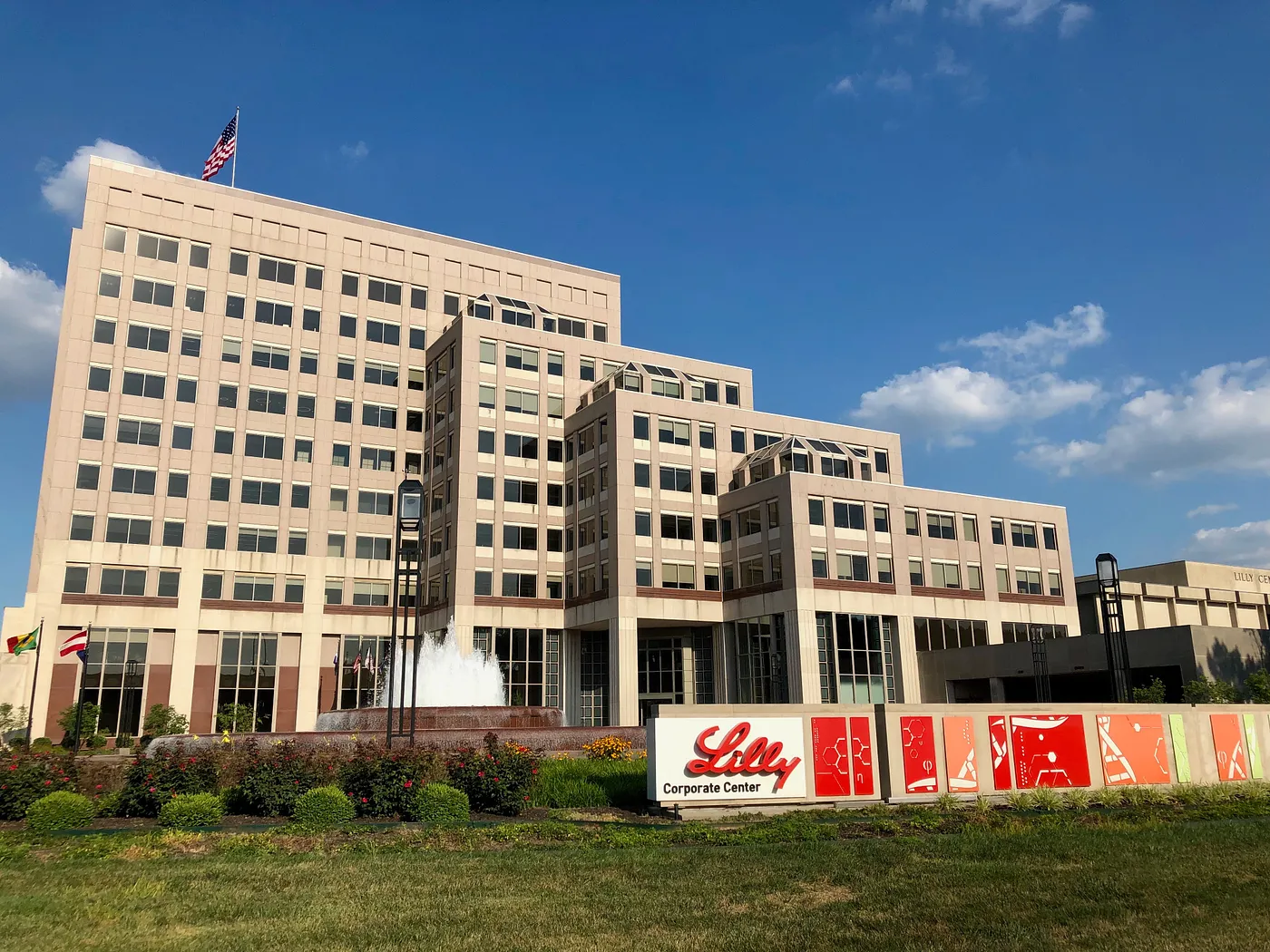The Impact of Eli Lilly’s Price Increases for Alimta on Pharmaceutical Innovation

Eli Lilly headquarters in Indianapolis, Ind.
The pharmaceutical industry has long argued that high drug prices are a good thing because the profits from these price hikes allow companies to spend more on research and development to discover and launch the cures of the future.
To test the claim that higher drug prices drive innovation, we gathered data from the industry, individual companies, and the FDA to conduct a counterfactual analysis: what would happen at some of the largest pharmaceutical companies in the world if prices on certain blockbuster drugs had remained constant over the last 10 years?
The following case study examines drug pricing at Eli Lilly, a multinational pharmaceutical firm with treatments for cancer and diabetes. This analysis is part of a larger study on the impact of pharmaceutical price increases on medical innovation. To read the full study, click here.
Eli Lilly Case Study
- Headquarters: Indianapolis, Ind., United States
- Drug Analyzed: Alimta (pemetrexed)
- 2021 Company Revenue: $28.3 billion
- 2021 R&D Spending: $7.0 billion
- Other Key Products: Trulicity (dulaglutide), Humalog (insulin lispro), Taltz (ixekizumab)
Historically, Eli Lilly is one of the three largest companies specializing in insulin products. In recent years, the company has diversified to develop treatments in neurology, oncology, and immunology. Eli Lilly has the third highest R&D spending as a percentage of revenue for the companies in the analysis.
We analyzed Eli Lilly’s pricing behavior for Alimta, a chemotherapy drug used to treat lung cancer. Since 2011, Alimta’s price increased overall by about 25 percent.
Alimta’s revenue is overwhelmingly driven by price increases over the last decade. Nearly 84 percent of the drug’s revenue growth came from price increases, totaling $1.5 billion over 10 years.
If the price of Alimta remained flat since 2011, the loss of $1.5 billion in revenue would have resulted in $384 million less in R&D spending. We estimate that, based on the drug development scenarios used in our analysis, Eli Lilly spends $5.7 billion (IQR: $4.8–6.8 billion) in R&D per new drug developed. Therefore, the impact to new drug development would be negligible, with 0.07 fewer drugs developed.
The results are further evidence that profit growth driven by price hikes on older, branded, monopoly drugs like Alimta rarely leads to the development of innovative new medicines.



 ">
">